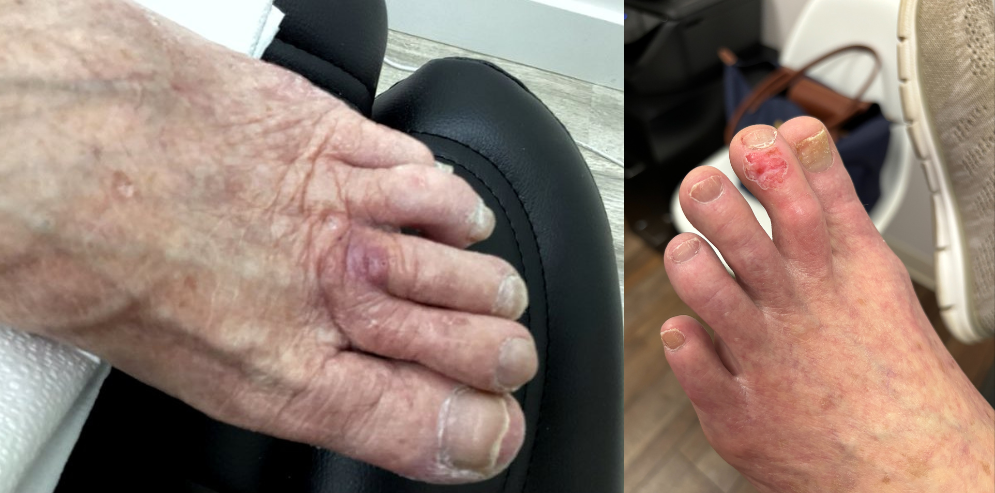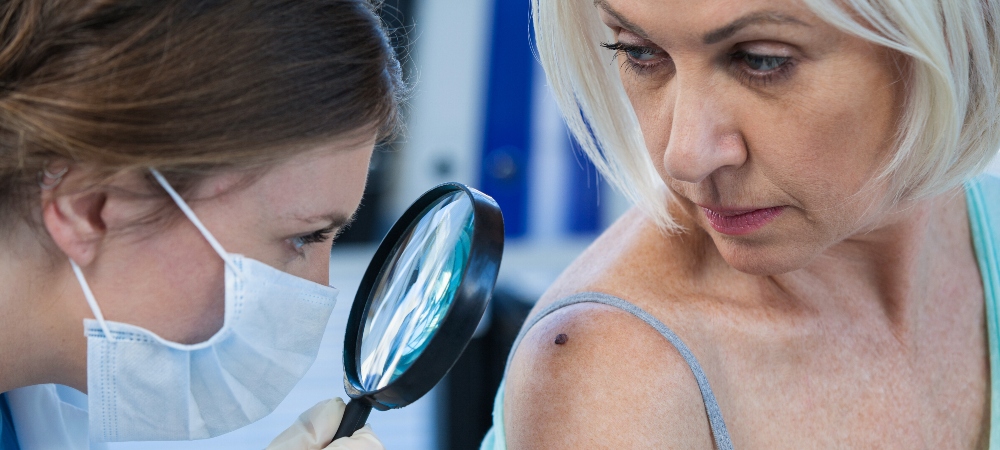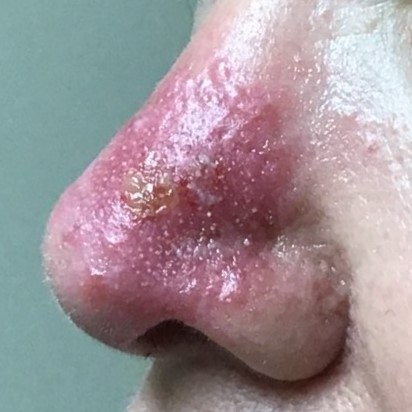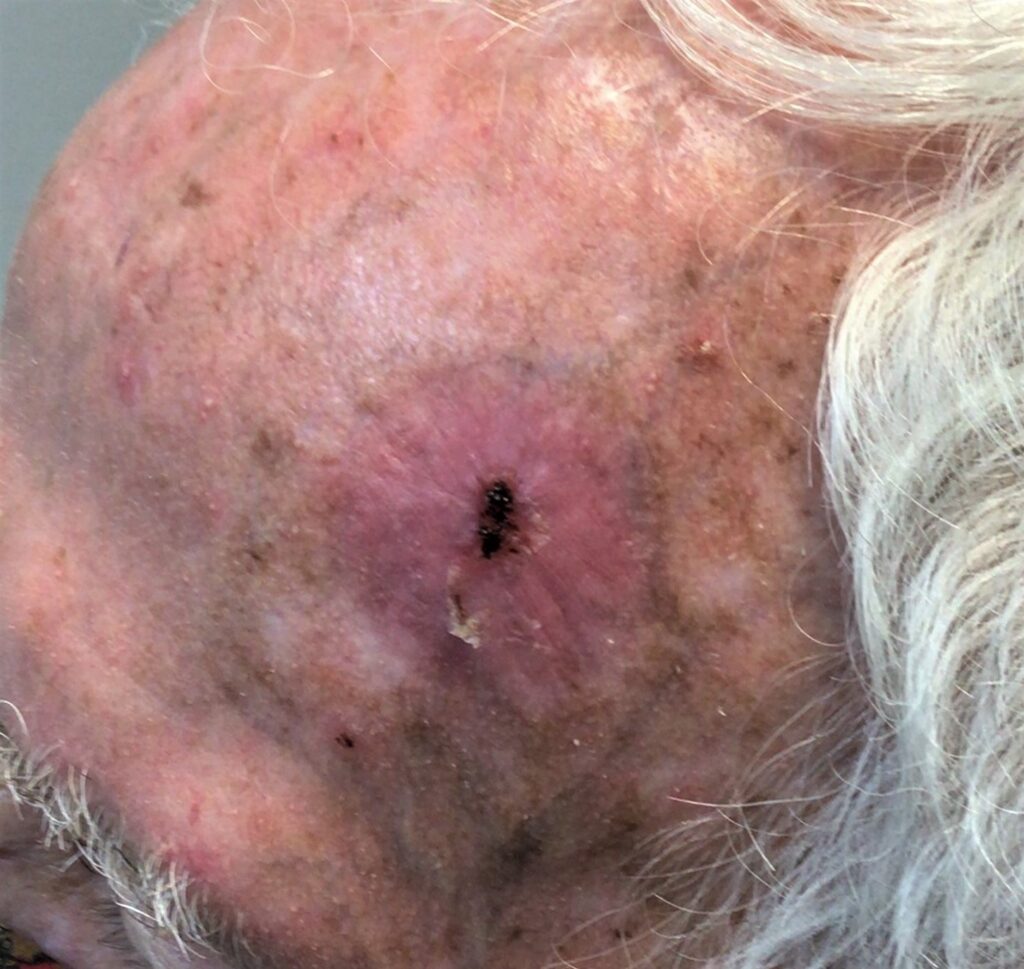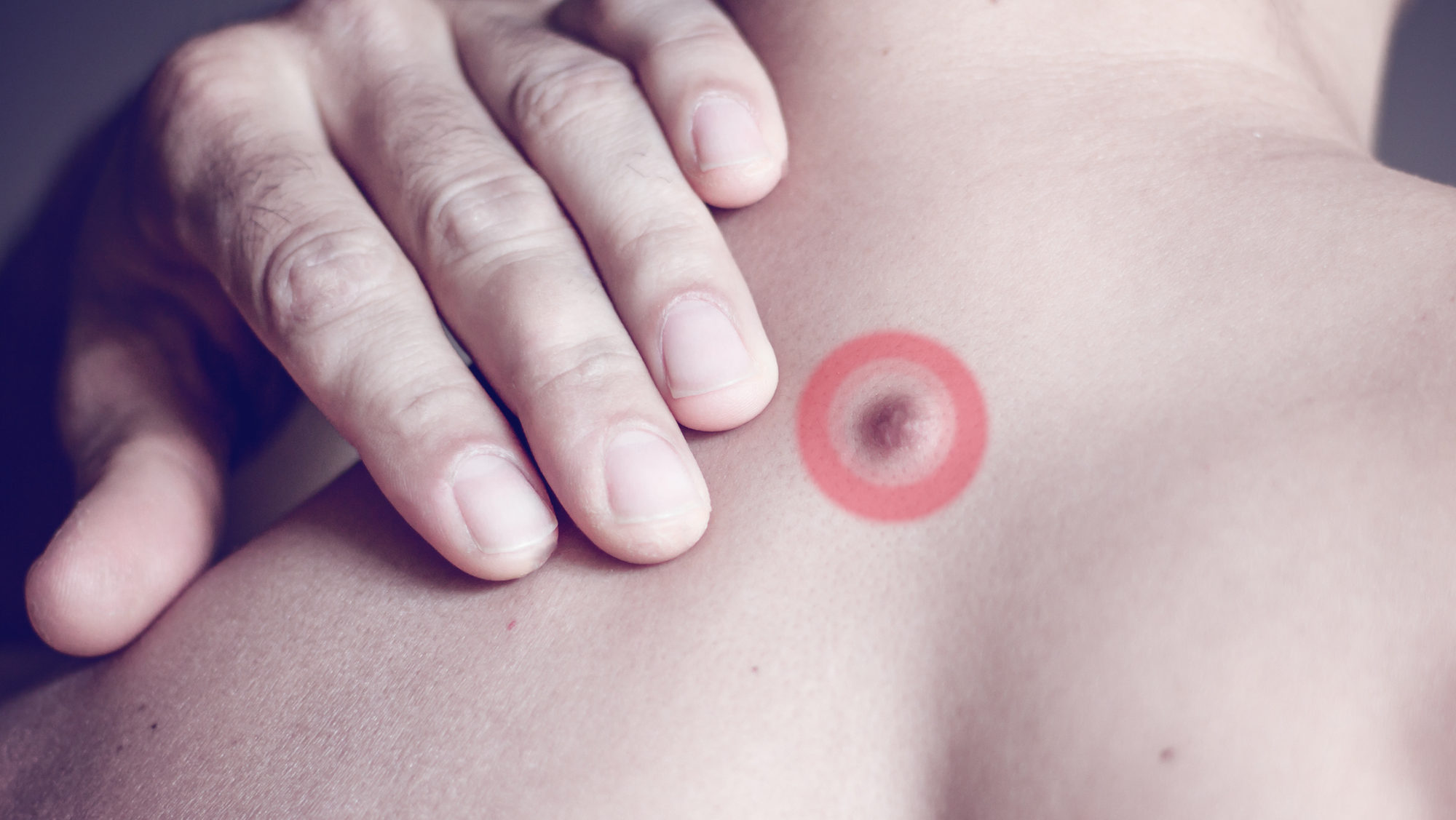
Can cysts be cancerous? Are they dangerous? What’s the difference between cysts vs. tumors? Cysts are normally benign, but they may derive from deeper issues (including certain types of cancer) or become uncomfortable as they grow. Tumors may also be benign, but if a malignant tumor progresses into skin cancer, it should always be treated at the earliest opportunity. When cysts form close to the surface of the skin, questions can arise as to whether you’re dealing with a sebaceous or non-sebaceous cyst or skin cancer. Although biopsy is almost always required to distinguish cysts vs. cancer in practice, there are a couple of common signs that can help you get a better idea of what you’re dealing with. Can a cyst turn into cancer? Is it a cyst or skin cancer – how do you know? Find out more from GentleCure below.
Tumors vs. Benign: Cysts vs. Cancerous Cysts on Skin
If you’re concerned about a new growth on your skin, scheduling an appointment with a doctor is always a better idea than trying to diagnose the issue at home. Although a physical inspection and a variety of imaging techniques can help to indicate what kind of cyst vs. tumor has arisen, most examinations will eventually lead to a biopsy. Below, we’ll cover some more details that’ll help you answer the question, “Is it a cyst or skin cancer?”
- Can cysts be cancerous? Cysts are normally benign, and they generally have different causes than cancerous tumors, but cancerous cysts on the skin are not unheard of. Still, these two types of growth should usually be considered as separate conditions.
- Skin tumors tend to be firmer than cysts, which often move or change shape with pressure. If your growth does not move beneath your skin, it is more likely to be a tumor than a cyst.
- A small pore is often visible on the end of a cyst, but this is not necessarily the case with tumors.
- Smooth cysts without solid portions are usually benign. Uneven cysts with solid portions may be either benign or malignant; closer inspection will be needed. A very firm lump is more likely to be a tumor than a cyst, but more tests will be needed to determine if it is benign or malignant. Lipomas and warts are common benign tumors that may or may not resemble cysts.
- A thicker material may drain from some cysts, but it is unwise and unsafe to try and remove them at home. Surgery is the only effective means for removing cysts. Additionally, an outright rupture (with or without bleeding) may be a sign that the growth is not a cyst.
- Basal cell skin cancer, a common skin cancer, may sometimes present as a small bump. Sebaceous gland skin cancer (which is very rare) also presents as a small lump and may be mistaken for a cyst. However, if a lump near or beneath your skin turns out to be cancerous, you might also be dealing with another type of cancer, and not skin cancer proper.
- Additionally, some cysts that appear near the surface of the skin are the result of disturbances produced by non-skin cancers, and these cysts aren’t necessarily related to skin cancer at all.
When distinguishing between cysts vs. tumors, and cysts vs. skin cancer, your doctor will ask you about the lump’s origins, duration, changes, and associated pain. If a lump bleeds, changes color, grows quickly, or causes pain, it’s a good idea to have it examined at the earliest opportunity.
Are Sebaceous Cysts Ever Cancerous?
As noted above, cancerous cysts on skin are rare, but not non-existent. A cyst can be cancerous, or it may indicate the presence of cancer. Although your skin ailment will most likely turn out to be one or the other (cancer or a cyst), the question can be a little more complex in some cases: for example when deciding if you’re dealing with a sebaceous cyst or skin cancer.
Are sebaceous cysts ever cancerous? Can a cyst become cancerous? Your doctor may recommend closer investigation, especially if any of the following apply to you:
- Your sebaceous cyst has signs of infection or inflammation
- Your sebaceous cyst is larger than five centimeters in diameter
- Your sebaceous cyst recurs quickly after removal
Other kinds of cysts may or may not be linked to cancer; your doctor will determine on a case-by-case basis.
ABCDEs of Skin Cancer Explained
What are the ABCDE’s of skin cancer? Each letter stands for a common visual sign associated with one or more forms of the disease:
- Asymmetry
- Border
- Color
- Diameter
- Evolving
If an unexplained growth on your body displays even one of these signs, it’s important to check in with a professional at the earliest opportunity. What are the 5 warning signs of skin cancer to look for? Below we’ll break down the ABCDE’s of skin cancer:
- A – Asymmetry: One half of the mole or spot does not match the other half. If you were to draw a line through the center, the two halves would not look the same.
- B – Border: The borders of a mole are irregular, scalloped, or poorly defined. Instead of having a smooth, even border, the edges may appear jagged or blurred.
- C – Color: The color of a mole is not uniform. It may include shades of brown, black, tan, red, white, or blue. Variation in color within a mole is a warning sign.
- D – Diameter: The diameter of a mole is larger than the size of a pencil eraser (approximately 6 millimeters or 1/4 inch). However, not all melanomas are large; some may be smaller when first detected.
- E – Evolving: Any changes in the size, shape, color, or elevation of a mole or skin lesion should be monitored closely. This includes new symptoms such as itching, tenderness, or bleeding.
Consider GentleCure™ for Common Skin Cancer Treatment
If your new skin growth turns out to be a common skin cancer, you should know that you have options. If you’re interested in treating your cancer without the risk of the surgical scarring that comes with some practices, GentleCure can help you learn more about Image-Guided Superficial Radiotherapy (Image-Guided SRT) today.

